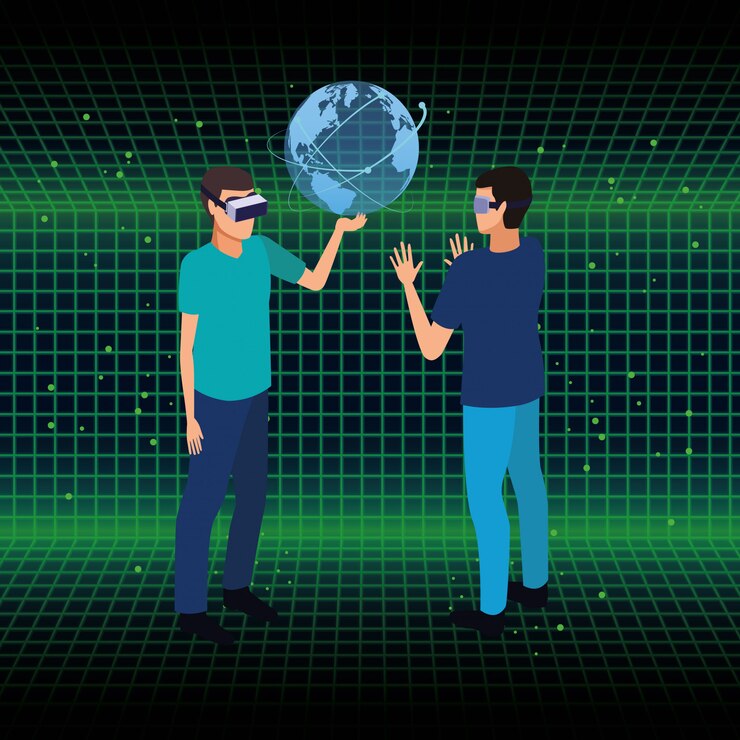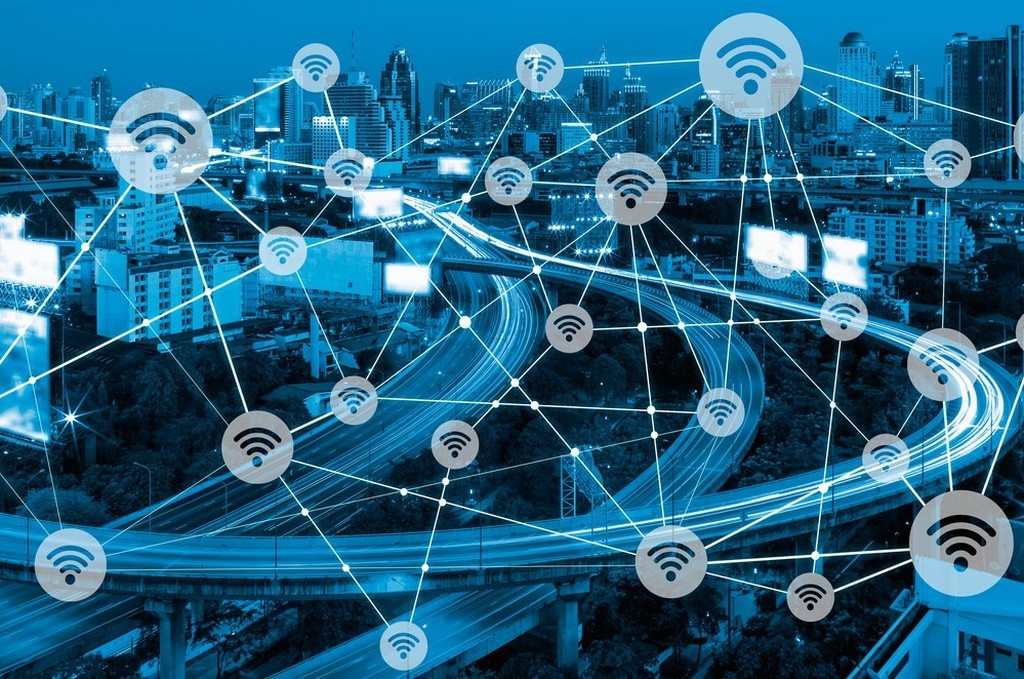Virtual Reality (VR) and Augmented Reality (AR) are rapidly evolving technologies that are set to redefine how we interact with digital and physical environments. From entertainment and gaming to healthcare and education, VR and AR are opening up new possibilities that were once thought to be science fiction. As these technologies continue to advance, they promise to shape the future in remarkable ways.
Understanding VR and AR
Virtual Reality (VR)
VR immerses users in a completely digital environment through headsets like the Oculus Quest, HTC Vive, or PlayStation VR. By blocking out the real world and replacing it with a simulated one, VR creates a fully interactive experience, allowing users to explore virtual spaces, play immersive games, and even conduct business meetings in digital environments.
Augmented Reality (AR)
Unlike VR, AR enhances the real world by overlaying digital elements onto physical surroundings using devices like smartphones, tablets, and AR glasses (e.g., Microsoft HoloLens, Magic Leap). AR applications include interactive shopping experiences, navigation aids, and real-time data visualization in industries like healthcare and manufacturing.
Key Developments in VR/AR
1. Advancements in Hardware
VR and AR devices are becoming more compact, powerful, and affordable. Innovations in lightweight headsets, improved motion tracking, and higher-resolution displays are making these technologies more accessible to consumers and businesses.
2. 5G and Cloud Computing
The integration of 5G and cloud computing is set to revolutionize VR and AR experiences. Faster data transmission and low latency will allow for more seamless and realistic interactions, enabling cloud-based VR applications and AR enhancements that don’t rely on powerful local hardware.
3. AI-Powered VR/AR Experiences
Artificial intelligence is playing a crucial role in enhancing VR and AR applications. AI-driven avatars, real-time language translation, and personalized virtual assistants will create more intuitive and engaging experiences across different industries.
4. The Rise of the Metaverse
With tech giants like Meta (formerly Facebook) investing heavily in the Metaverse, VR and AR will play a central role in creating immersive digital spaces for work, socialization, and entertainment. Virtual offices, collaborative AR workspaces, and interactive VR social hubs are just the beginning of this transformation.
Applications Across Industries
1. Gaming and Entertainment
VR and AR are revolutionizing gaming by offering highly immersive experiences. Popular games like Beat Saber (VR) and Pokémon Go (AR) demonstrate how these technologies are changing the way people interact with digital content.
2. Healthcare and Medical Training
VR and AR are being used for medical simulations, remote surgeries, and mental health treatments. VR therapy helps patients cope with PTSD, anxiety, and phobias, while AR assists doctors in performing complex surgeries with real-time data overlays.
3. Education and Training
Immersive learning experiences powered by VR and AR allow students to explore historical events, conduct virtual science experiments, and practice real-world skills in safe, simulated environments.
4. Retail and E-Commerce
Brands are leveraging AR for virtual try-on solutions, allowing customers to see how products like clothes, makeup, or furniture will look in real life before purchasing. IKEA’s AR app lets users visualize furniture in their homes before buying.
5. Real Estate and Architecture
VR enables virtual property tours, while AR assists architects in visualizing projects in real-world settings before construction begins. These applications are transforming how properties are marketed and developed.
Challenges and Future Prospects
Despite its promising potential, VR and AR still face challenges such as high development costs, hardware limitations, and motion sickness issues. However, ongoing research and investment in these technologies will likely address these hurdles, making VR and AR more practical and widespread in the coming years.
As VR and AR continue to evolve, they will redefine how we work, learn, play, and connect. With advancements in AI, 5G, and hardware, the future of VR and AR looks incredibly promising, paving the way for a more immersive and interactive digital future.



